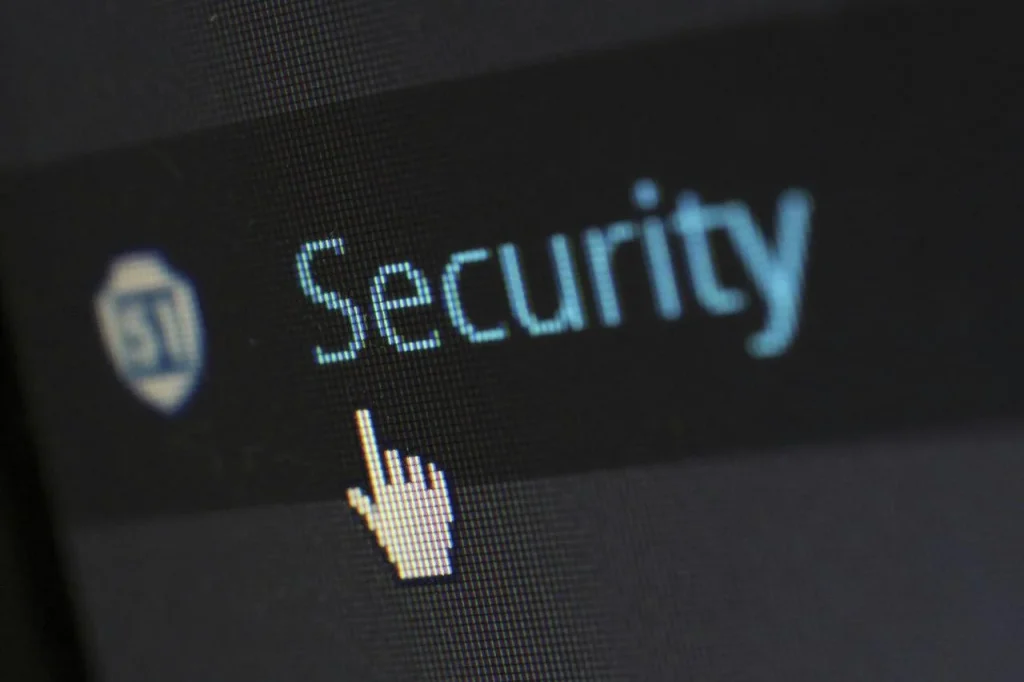In today’s world, every business uses software to support its offering. It’s becoming the backbone of many businesses, which means you need to have necessary measures in place to protect it – we wish you didn’t protect your software, but unfortunately, with success comes unwanted attention from people who don’t want you to succeed.
Cyber attacks are becoming more common (you may have heard about M&S recently or the Co-op), which means you have to ensure all the software you use is secure and safe, to stop something unfortunate from happening to you. Whether it’s your customer-facing platform or internal systems, even a small vulnerability can open the door to a much larger problem. Taking proactive steps now can help prevent a damaging and costly incident down the line.
To help get you started, we have put together a quick guide on security in software and how to protect your software from cybersecurity attacks. From updating your software to implementing multi-factor authentication and monitoring and logging activity, there is plenty you can do. Keep on reading to learn more.
Keep your software updated
The simplest way to protect yourself from a cyber attack is to keep your software updated. Updates are released to offer new features and benefits, but they are also released to patch any security vulnerability which they have discovered. If your software isn’t updated, it is effectively leaving the door open for attackers to exploit known weaknesses. Hackers often scan for systems running outdated versions because they know exactly where to look and how to break in. Regularly updating your software ensures you’re protected against the latest threats and helps keep your systems stable, secure, and running efficiently.
Continue your journey: This related article is worth your time.
Implement multi-factor authentication
It’s been recommended for a few years that you should apply multi-factor authentication to all the systems you use. What multi-factor authentication is is when you log in, using your password, it will ask you to verify yourself a second time, using a different device. This could be through an app, a text message or a call. By doing this, it makes it harder for hackers to gain access to your system, even if they manage to gain access to your passwords. Multi-factor authentication dramatically reduces the risk of unauthorised access and is one of the simplest and most effective ways to protect your data.
Monitor and log activity
On a regular basis, ensure you are monitoring your systems for anything suspicious. Real-time monitoring can help you detect and respond to any suspicious activity before it becomes something potentially bigger. Ways to monitor your systems could include having alerts set up for unusual behaviour or failed login attempts, monitoring file changes for anything suspicious or hiring a company to do this for you. As we mentioned, the sooner you can catch suspicious behaviour, the quicker you can put the necessary steps in place to stop it from causing you any issues.
Consider who needs access to what
When you run a business, not everyone needs access to everything. The more people who have access to different software, the greater the risk you are putting yourself under. Instead, run a review on who needs what permissions on what software and restrict access accordingly. You should be running a regular audit on user access and revoking access for any unused accounts. For example, if staff members leave, you probably don’t need to keep their account live; instead, back up the data and close the account. This logic applies to other areas of your business that aren’t necessarily software-related. You don’t need everyone to have access to your financial accounts or be involved in all your business decisions for protect your software.
Backup your data
It goes without saying to back up your data! No matter the system, always make sure you are running backups, in case something goes wrong. With all security measures in place, breaches can still occur. Having backups ensures you can recover quickly. Best practices include automating regular backups, storing backups in separate, secure locations and testing your backups to ensure they are working and backing up what they should be doing.
As discussed, software is the backbone of every business, from small startups to large companies. It’s so important you take the necessary steps now, before it’s too late (although we hope you are never subject to a cyber attack). The more you do to protect yourself, the more likely it is that you will be protected if someone tries to target you.
Have you been putting the necessary steps in place to protect your business from a cyberattack, and if so, what have you been doing? Which of the above points did you find most useful? Is there anything missing in our guide that you think we should be adding? Let us know in the comment box below. We look forward to hearing from you.
Explore related articles to deepen your understanding before you go.







